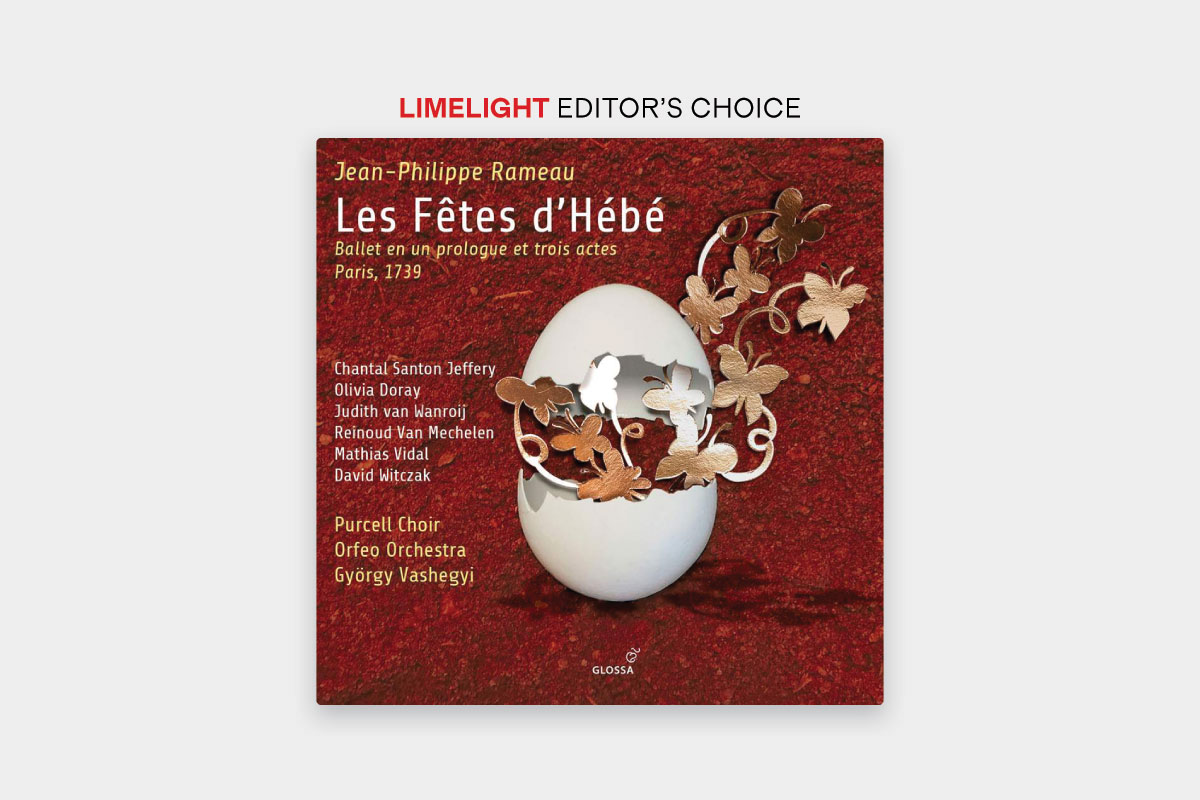Rameau’s opera-ballet Les Fêtes d’Hébé was one of the composer’s most popular works in his lifetime. It enjoyed nearly 400 outings after its premiere in 1739, its popularity only dimming after Rameau’s death 25 years later. Though slight on story, the lively, inventive score is irresistible, and one can only imagine the kind of spectacle houses in the 18th century would put on in staging this intriguing work.

The opera begins when Hebe, the goddess of youth, quits Mt Olympus in search of diversion. She finds it on the banks of the Seine, where she observes and takes part in festivities celebrating poetry, music, and dance. These celebrations form the three acts of the opera, which freely intermingle singing and dance, and are populated by a cast of mythological characters.
A recording may feel like a slightly antithetical way to present something so dependent on the visual, but this latest release from Glossa featuring György Vashegyi and the Orfeo Orchestra quashes any misgivings you might have. The musicians play with a palpable sense of delight, and their interpretations are delicate...










Comments
Log in to join the conversation.